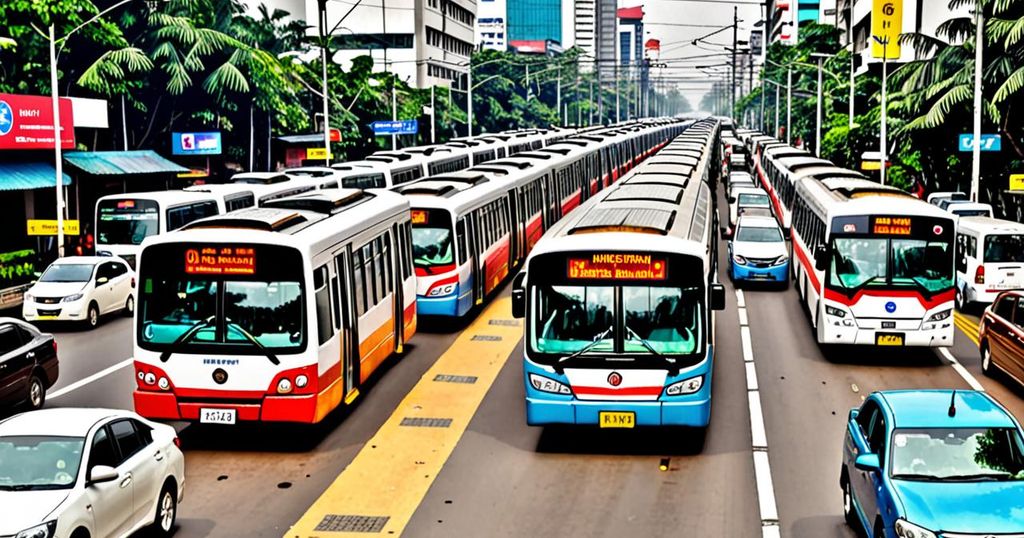The public transportation sector in many major cities in Indonesia has encountered numerous challenges in recent years. The emergence of private online transportation services, alongside government-operated public transport and privately-operated city transportation, has generated intense competition with far-reaching effects on various aspects of the industry.
Among the most impacted groups are the drivers of locally-operated public transportation, known as “angkot.” The rise of online transportation services like Grab and GoJek, combined with the repercussions of the COVID-19 pandemic, has led to a significant decline in the earnings of angkot drivers.
A recent investigative report by Kompas shed light on the financial hardships experienced by angkot drivers in cities such as Bandung, Semarang, Surabaya, and Yogyakarta. Many drivers have reported substantial decreases in their incomes, with some indicating a significant reduction in the number of angkot routes in recent years.
Faela Sufa, the Director of the Institute for Transportation and Development Policy (ITDP) for Southeast Asia, stressed the necessity of incorporating angkot drivers into transportation development plans. She underscored the pivotal role played by angkots in serving the public for decades and urged government intervention to support and sustain their businesses.
The situation contrasts sharply in Jakarta, where the local government has taken proactive measures to address public transportation issues, implementing a comprehensive strategy to improve the city’s transport system. This initiative has resulted in significant enhancements to public transportation services, leading to increased use of public transport and a positive impact on the city’s traffic congestion.
A crucial initiative by the Jakarta government is the JakLingko program, designed to integrate payment and mobility across various transport modes in the city, including TransJakarta, KRL Commuterline, MRT, LRT, and local angkot services.
The success of the JakLingko program has been pivotal in transforming Jakarta’s public transportation landscape, expanding the coverage and efficiency of the city’s transport system. Moreover, the program has brought positive changes for angkot drivers, providing them with fixed monthly salaries and working hours, mitigating the uncertainties and financial struggles they previously encountered.
Thanks to the JakLingko program, Jakarta has witnessed a substantial increase in public transport usage, with over one million passengers utilizing the integrated system daily. The program has not only benefited operators and the government but has also had a positive impact on citizens, offering them a reliable, convenient, and affordable means of transportation.
Furthermore, with the government’s sustained focus on improving public transportation infrastructure, Jakarta is well on its way to becoming a cleaner, greener, and more inclusive city. The government’s efforts are geared toward not only enhancing the transport system but also addressing the welfare of drivers and citizens dependent on public transportation.
By prioritizing pedestrian amenities, bicycle facilities, and emission-free vehicles, the Jakarta government is working to create a comprehensive transportation strategy that will make the city a more livable and pleasant place for its residents.
In conclusion, the comprehensive approach taken by the Jakarta government to tackle public transportation issues serves as an exemplary model for other cities facing similar challenges. By prioritizing inclusivity, sustainability, and efficiency, Jakarta is pioneering a brighter future for public transportation.
Syafiq Basri Assegaff, an alumnus of the University of Technology Sydney, Australia, and currently teaching at the LSPR Communication and Business Institute, Jakarta, underscored the importance of this comprehensive approach. He highlighted the positive impact it has had on the city’s public transportation system and the benefits it has brought to the community.
The views and opinions expressed in this article are those of the author and do not necessarily reflect the official policy or position of ANTARA News Agency.
Source: ANTARA 2022

Leave a Reply